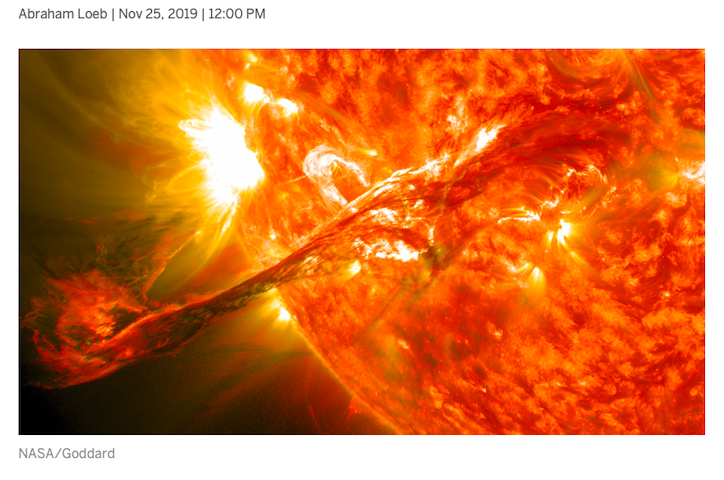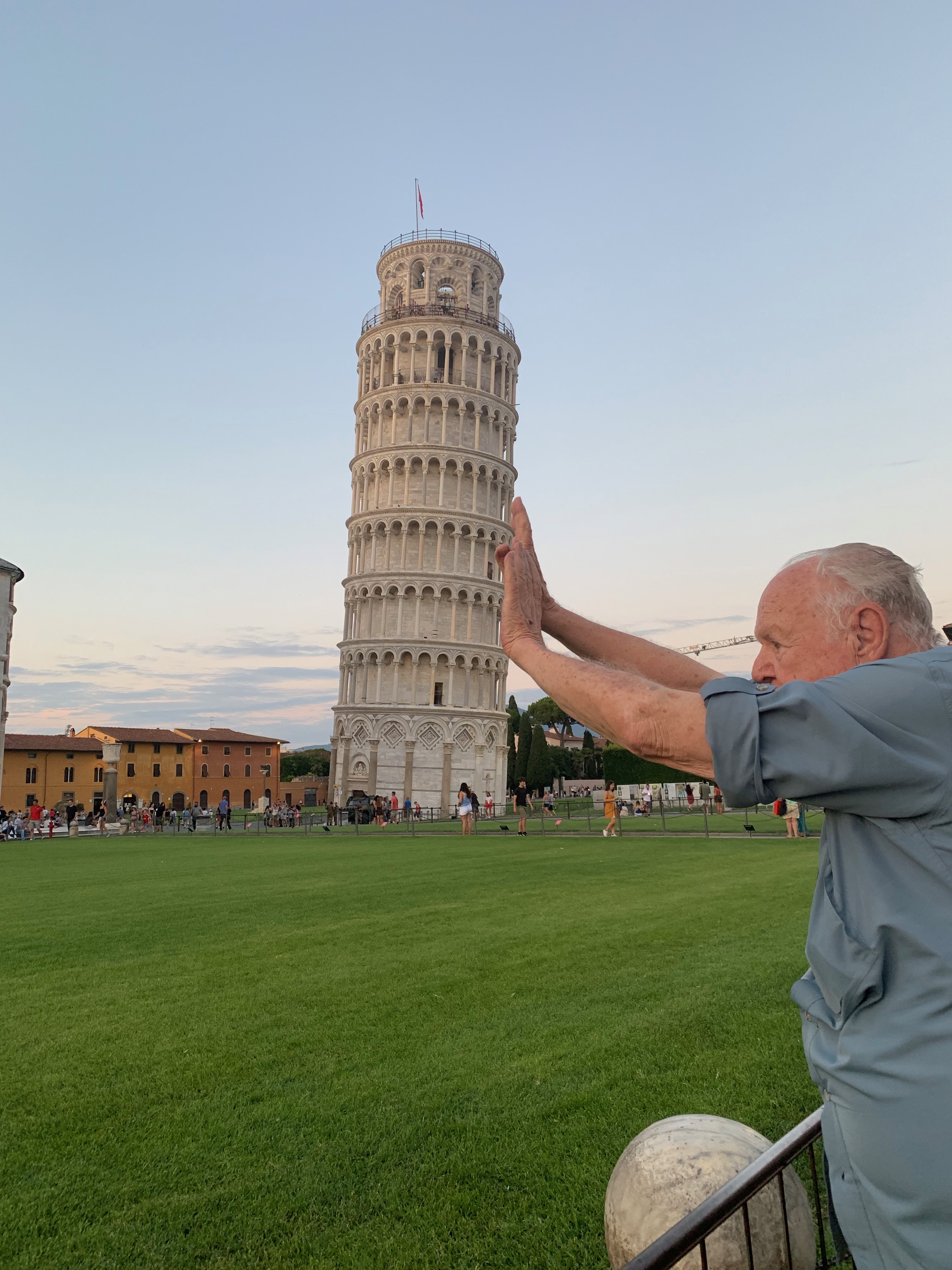
Ecclesiastes was not accurate when he stated that “there is nothing new under the sun.” In about a billion years the sun will brighten up so much that it will boil off Earth’s oceans. This raises concerns for people who think long-term, such as the BBC radio reporter who asked me recently for my thoughts on how to mitigate this risk for the future of humanity.
The simplest solution that came to my mind is to spray a blanket of particles into the stratosphere that would reflect sunlight and cool the Earth, in a way similar to the effects of a natural volcanic eruption, a nuclear war or an asteroid impact (the same technique has been proposed to limit anthropogenic global warming). Blocking sunlight this way serves the same purpose as using sunglasses to moderate the impact of harmful UV radiation on our eyes.
Billions of years later, however, when the sun will brighten even more and eventually inflate to become a red giant star that will engulf the Earth, there would be no option left for our civilization but to relocate further out in the solar system. Since the natural real estate of planets and moons is available only at specific locations, however, and because the sun will change its brightness continuously, it would be prudent to manufacture a gigantic structure that will be able maneuver to the optimal orbital distance at any given time.
Being able to adjust our distance from the “furnace” based on its changing brightness would be most helpful towards the end, when the sun will reverse course and dim considerably, turning into a white dwarf. The solar system’s habitable zone will shrink by a factor of a hundred relative to the current Earth-sun separation, down to a scale that is comparable to the size of the sun today.
Needless to say, the movable industrial complex of metal rods and equipment that would make up our future habitat would represent a very major upgrade to the International Space Station. This artificial world might not look as beautiful as the pale blue dot we now live on, with its green forests and blue oceans. But since modern humans needed merely 100,000 years to adapt from living in the savannahs and forests of Africa to squeezing into a tiny apartment in Manhattan one can reasonably expect them to transition from Manhattan to living in space over a time span that is ten thousand times longer.
Ultimately, we should contemplate space travel out of the solar system. The longer-term solution to our existential threats is not to keep all of our eggs in one basket. We should make genetically identical copies of the flora and fauna we hold dear and spread these copies to other stars in order to avoid the risk of annihilation from a single-point catastrophe. Our destinations could be habitable planets around nearby stars, such as Proxima b, or other desirable environments. The Breakthrough Starshot project represents the first well-funded initiative to traverse interstellar distances over a short time.
The transition to spreading multiple copies of our genetic material would resemble the revolution brought about by the printing press, when Gutenberg mass-produced copies of the Bible and distributed them throughout Europe. As soon as many copies of the book were made, any single copy lost its unique value as a precious entity. In the same way, as soon as we learn how to produce synthetic life in our laboratories, “Gutenberg-DNA printers” could be distributed to make copies of the human genome out of the raw materials on the surface of other planets so that any one copy would not be essential for preserving the information.
The BBC reporter did not let me easily off the hook, however: “But what about our personal lives as individuals? Most people care about themselves. Your solution will not secure their personal safety so as to give them a peace of mind.”
My reply was simple. In our daily life, we worry about protecting our own skin because we are focused on timescales much shorter than our lives. But when dealing with timescales that are far longer than a century, it is not the individual that counts but rather the genetic information of the human species as a whole. Despite what some insist, people we know right now will not be around within a century in any case, so there is no reason to focus on preserving them individually when strategizing our future over a billion years.
On such a long timescale, we better stay focused on preserving our species. The instinct of any parent is to care for the offspring and secure longevity this way; nature enabled us to extend the lifetime of our genome well beyond our own life span in this way. As an extension, modern science might enable us to construct printers that are capable of mass-producing copies of ourselves on other planets by merely exporting our genetic blueprint without requiring that our bodies will physically travel the distance. We should be satisfied with this renewed sense of security and retire happily when our mission is accomplished.
The reporter insisted: “But would we truly be satisfied if we will not be around to see it happening?” To which I replied: “Frankly, this may not matter. Perhaps we already are one copy out of many in existence, so it is not essential for this copy to survive. But after reading this morning’s newspaper, I am inclined to believe that our civilization will disappear as a result of self-inflicted wounds long before the sun will pose its predictable threat. Why do I believe that? Because the dead silence we hear so far from the numerous habitable exoplanets we’ve discovered may indicate that advanced civilizations have much shorter lives than their host stars.”
